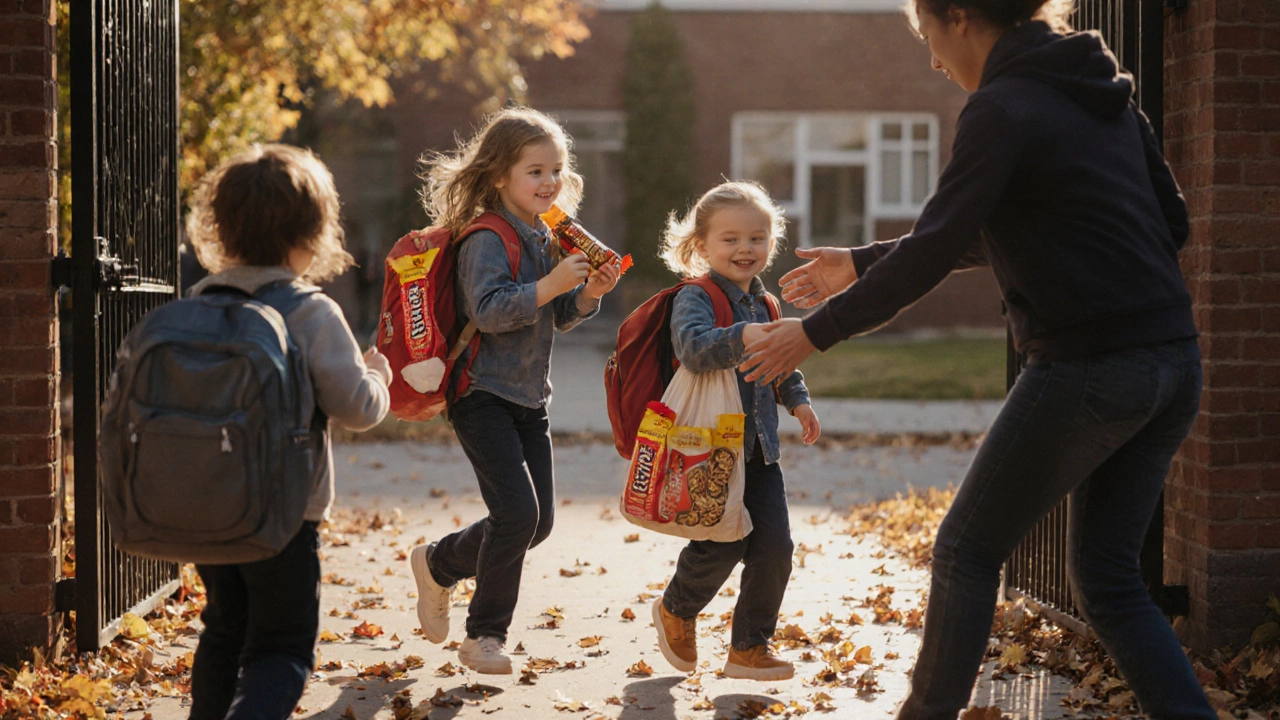Child Hunger: What It Is, Why It Matters, and How to Help
When we talk about child hunger, the condition where children don’t get enough nutritious food to grow and thrive. It’s not just about skipping meals—it’s about missing out on brain development, school performance, and long-term health. In places like Varanasi, where poverty and lack of access to clean food are daily realities, food insecurity, the lack of consistent access to enough food for an active, healthy life hits families hard. And it’s not just about quantity—it’s about quality. A child can eat rice every day and still be malnourished if they lack protein, vitamins, or minerals.
Malnutrition, a condition caused by poor diet that leads to health problems doesn’t always look like a child who looks thin. Some kids with child hunger carry extra weight but still lack essential nutrients—this is called hidden hunger. It weakens their immune system, makes them sick more often, and hurts their ability to learn. Schools and community centers that run meal programs aren’t just feeding bodies—they’re protecting futures. These programs rely on community outreach, organized efforts to connect people with resources and support to find families in need, deliver food, and build trust. Volunteers don’t just hand out meals—they listen, follow up, and help connect parents to long-term support like job training or health services.
What you’ll find in the posts below aren’t just stories—they’re practical guides. You’ll see how food banks stretch every rupee to feed the most children possible, what real people are doing to stop donation mistakes, and how simple changes in what we give can make a huge difference. There’s no magic fix for child hunger, but there are proven steps that work: consistent meals, smart sourcing, and local action. This isn’t about grand gestures. It’s about showing up, knowing what to give, and keeping the effort going. The next post you read might just give you the exact thing you need to start helping today.

Why Are Kids So Hungry After School?
- Oct, 30 2025
- 0
Kids are often ravenous after school due to long gaps between meals, high energy use, and snacks that don't last. After-school clubs make it worse by extending the day without food. Simple fixes can help.
Categories
- Volunteering (40)
- Environment (36)
- Youth Programs (32)
- Charity Events (30)
- Homelessness (28)
- Charitable Organizations (26)
- Community Outreach (26)
- Community Support (18)
- Finance (12)
- Education (10)
Archives
- December 2025 (7)
- November 2025 (8)
- October 2025 (23)
- September 2025 (4)
- August 2025 (8)
- July 2025 (31)
- June 2025 (29)
- May 2025 (30)
- April 2025 (31)
- March 2025 (30)
- February 2025 (28)
- January 2025 (33)
- charity events
- after-school clubs
- community outreach
- community service
- charitable trust
- philanthropy
- volunteering
- environmental groups
- homeless shelters
- volunteer opportunities
- community engagement
- mental health
- charity
- student engagement
- charitable giving
- community help
- donations
- volunteer
- estate planning
- youth organizations